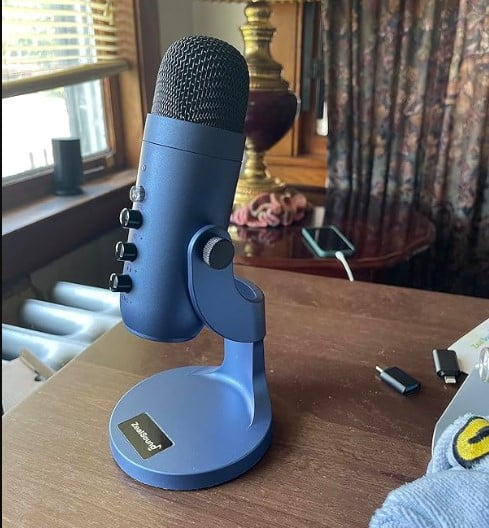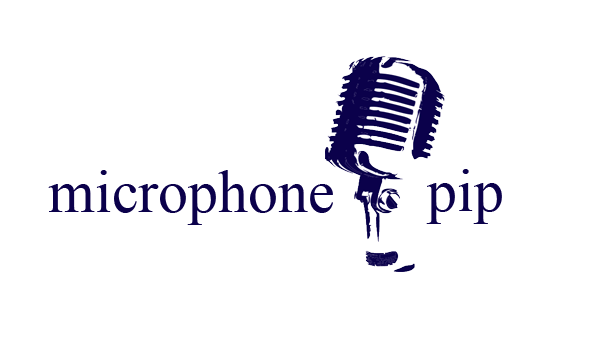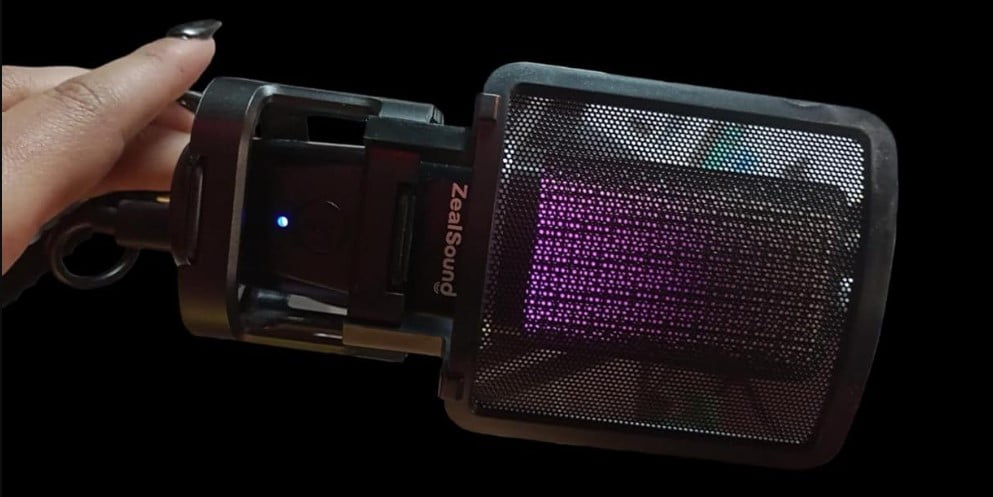Introduction
Hey there! Have you ever wondered why some audio sounds really clear and crisp, while other times it’s all muffled and messy?
Well, it’s all about where you put the microphone! In this blog, we’re going to talk about why putting the microphone in the right spot is super important. When you get it right, your voice or music will sound amazing, just like the pros! So, stick around, and we’ll show you the ropes on how to do it properly.
We’ll cover different microphone types, factors that affect placement, cool techniques, best practices, and even share some common mistakes to avoid. It’s going to be a microphone placement masterclass!
Understanding Microphone Types
Microphones come in different shapes and sizes, kind of like how there are different types of ice cream flavors. There are four main microphone types: condenser, dynamic, ribbon, and lavalier, and a few more too. Each type has its own special way of capturing sound.
Different Microphone Types

Condenser microphones are like the superheroes of clear audio, great for recording voices and instruments. Dynamic mics are tough and sturdy, perfect for loud sounds like rock concerts.
Ribbon mics are like the artists’ brushes of the microphone world, capturing all the little details. Lavalier mics are tiny and clip onto your clothes, often used in TV shows and presentations. There are even more out there, but these are some of the most common ones.
Impact of Microphone Types on Audio Quality
Just like how a superhero’s powers can change the outcome of a story, different microphone types can affect how your audio sounds. Some are better at catching the tiniest details, while others handle loud noises better. It’s important to pick the right microphone type based on what you’re recording.
Factors Affecting Microphone Placement
Now that we know about microphone types, let’s talk about where you place them. Where you put the microphone can make a big difference in how your recording turns out. Let’s explore the factors that influence the right spot for your microphone.
Room Acoustics and Considerations

Imagine if your room was like a big echoey cave, or if it had a lot of soft cushions everywhere. These differences affect how your microphone should be placed.
So, the acoustics of the room, meaning how sound bounces around, is something you need to think about when setting up your microphone.
Source of Sound and Its Implications
Are you recording someone singing, playing an instrument, or maybe doing a podcast? The type of sound source you’re working with matters too. You’ll need to place your microphone differently depending on what’s making the sound.
Purpose of the Recording
And lastly, think about why you’re recording. Is it for a live performance, a studio recording, or maybe a podcast? Each purpose might need the microphone in a special spot to get the best sound. So, consider the goal of your recording when deciding where to put your microphone.
Microphone Placement Techniques

Now that we know about microphones and why they’re important, let’s dive into how to put them in the right place.
This is where the magic happens! We’ll learn different techniques for singers and podcasters, the perfect spots for your microphone, and how to get the best sound for various vocal tones.
Vocal Microphone Placement
If you’re a singer or a podcaster, this part is just for you. We’ll show you the secrets of placing your microphone to capture your voice beautifully. Plus, we’ll talk about how to adjust it for different tones, making sure your audio sounds fantastic.
Instrument Microphone Placement
Musicians, this one’s for you! We’ll explore how to place your microphone for various instruments, from guitars to drums. You’ll also learn how to find the right balance in your mix for a great sound.
Room Microphone Placement
Do you want to capture the feeling of the whole room? We’ll share techniques for placing microphones to get that ambient sound. Plus, we’ll dive into stereo recording and room miking, making your audio feel like you’re right there.
Best Practices for Clear and Crisp Audio
Okay, we’ve got the basics covered, but we’re not done yet. Now, we’ll talk about the best practices to make your audio clear and crisp. We’ll look at reducing unwanted noise, using tools like pop filters and windshields, and keeping the right distance from the microphone for the best sound.
Tips for Reducing Unwanted Noise and Interference
You know those annoying background noises that sneak into your recordings? We’ll help you deal with them. Learn how to reduce interference and background noise, so your audio stays clean and clear.
Maintaining Proper Distance from the Microphone
Ever wonder how close or far you should be from your microphone? We’ll explain the importance of getting the right distance. This can make a huge difference in your recording quality, and we’ll show you how to do it right.
Common Mistakes to Avoid
Mistakes can happen, but we’re here to help you avoid them. We’ll cover some common blunders like overloading the microphone and not monitoring during recording. Learn how to prevent distortion and make your audio sound top-notch.
Overloading the Microphone
Sometimes, we get a bit too loud, and that’s not good for your microphone. We’ll teach you how to avoid overloading it and keep your sound crystal clear.
Neglecting Room Treatment
Remember those room acoustics we talked about earlier? Neglecting them can hurt your audio quality. Discover the impact of acoustic treatment on your sound and how to improve it.
Not Monitoring and Adjusting During Recording
Real-time monitoring is like having a pair of ears on your recording. We’ll explain why it’s essential and how it can help you make on-the-fly adjustments for the best audio quality.
Case Studies and Examples
We’ll dive into some real-life examples to see these techniques in action. You’ll get to explore practical scenarios and solutions, plus listen to audio samples that show the impact of different techniques.
Real-World Examples of Microphone Placement
See how all these microphone placement techniques work in real situations. We’ll share stories and examples that you can learn from.
Audio Samples for Illustration
Don’t just take our word for it; listen for yourself! We’ll provide audio samples so you can hear how different techniques affect the quality of your recordings.
Conclusion
To wrap it up, we’ll summarize the most important things you’ve learned. Proper microphone placement is like a superpower for great audio, and we hope you feel ready to use it. We’ll also encourage you to experiment and keep improving your audio quality. You’ve got this!




